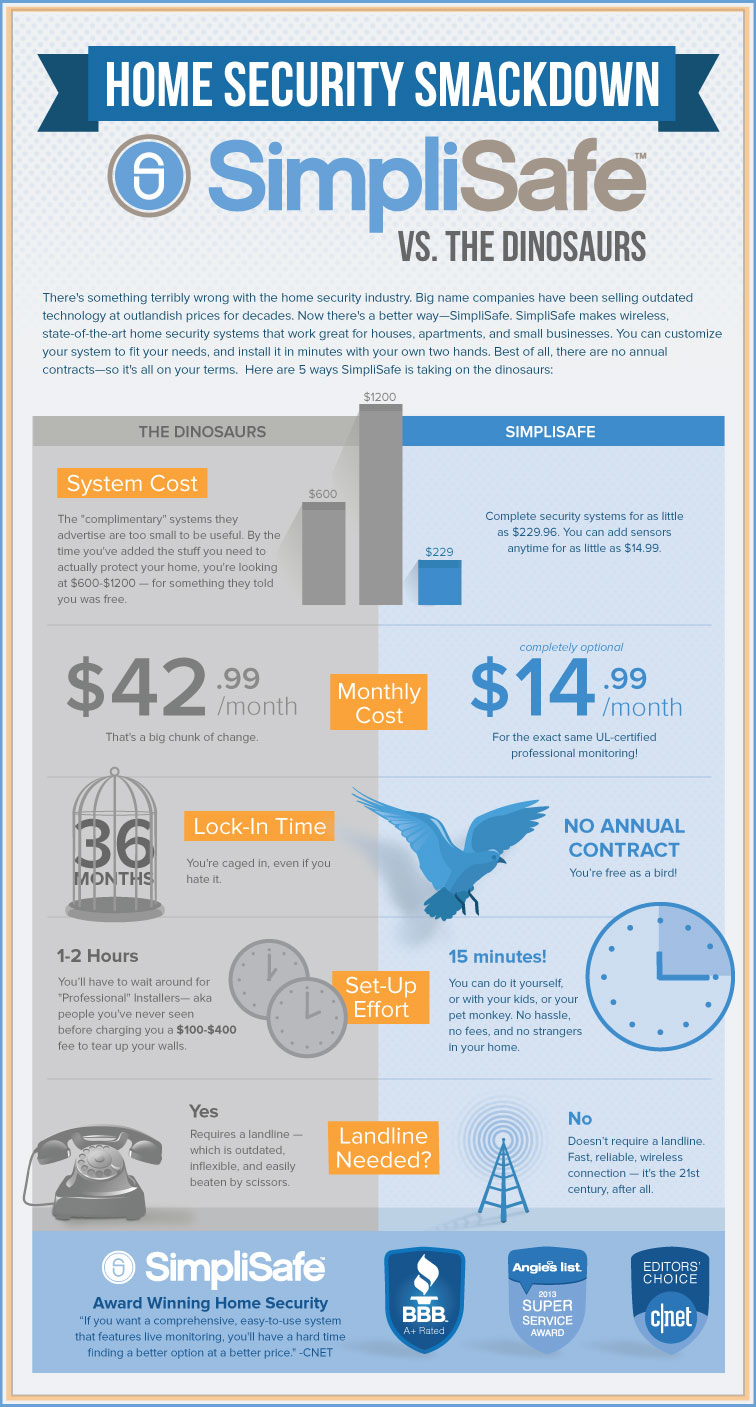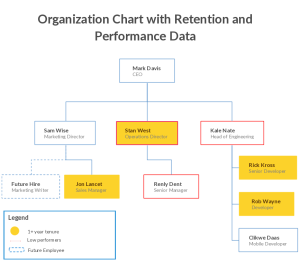In the new year, columnist Thomas Stern argues we should adopt new strategies for monitoring and analyzing the competition. Here are his suggestions.

With search marketing in a relatively constant state of evolution, refreshing competitive strategies is an exercise that is easily overlooked. As we enter a new year, it seems like a good opportunity to highlight a couple of the competitive strategies my agency, ZOG Digital, employs for our clients for both paid and organic search.
1. Paid search conquesting
Paid search conquesting is the act of bidding on your competitor’s brand and/or branded product names. What we love about conquesting is that it can allow for brands with less product awareness to siphon conversions from better-known companies.
However, we’ve seen time and time again that brands make costly errors when it comes to their competitive keyword targeting and content strategy. Here are some important considerations with conquesting:
Use keyword targeting best practices
Most search marketers understand the importance of match types and negative keyword lists with their own brand and non-brand campaigns, but for some reason this gets overlooked with competitive targeting. Beyond your competitor’s brand names, look to target names of their products and purchase consideration keyword modifiers like “reviews,” “ratings,” “durability,” “reliability,” and so on. You should look to exclude keyword modifiers that are irrelevant from a conversion perspective, such as “corporate address,” “manual,” “installation,” “stock” and “merger.”
Compelling content is key
Even when marketing a commodity, ad copy and landing page content used for competitive conquesting is critical to success. Users searching for specific brands or branded products need to feel drawn to click something other than what they were searching for; this isn’t an easy proposition, and unfortunately, this core principle is often missed.
For ad copy, dig into the competitive queries you’re targeting and map the modifiers to attributes of your own brand and products. If you stack up favorably with ratings and reviews, this is an easy ad extension to implement for applicable keywords. If your products offer the same or better features (e.g., AWD, waterproof, lifetime warranty and so on), be sure to make these clear in your ad copy.
UberEATS is a great example for this type of competitive ad copy:

For landing page content, you’ll want to consider the aforementioned mapping exercise, but also consider going further and directly compare your brand/products with a competitor’s. The comparative queries (“product vs. product,” “product or product”) are a great opportunity here — direct users to your website to see the comparative messaging you want them to, as opposed to a review website. Simplisafe is a great example of this type of landing page strategy:
Finally, conquesting can be a costly exercise, especially considering the CPCs of different competitors’ brand names and products. If the cost is too prohibitive for your brand, consider targeting a competitor’s brand and product keywords through RLSA. The reach will be limited, of course, but at least you’ll continue to be top-of-mind for consumers during their consideration process.
2. Analyze a competitor’s historical data and emerging trends
Although paid search conquesting offers one of the few ways to directly target consumers who are searching for your competitors’ brands and products, a mountain of actionable insights can be gleaned from the activities your competitors have undertaken historically, as well as what they’re potentially doing to stay ahead.
Historical data: Paid search keywords, ad copy
We’ve talked in previous posts about our affection for SEMrush; their Ad History report is one of our favorites for competitive insights. This reports breaks out keywords and search volume, along with estimated CPC and traffic percentage.
From a historical context, the most valuable data comes from the Coverage %, which applies a percent of visibility based on how often an advertiser was found for a keyword over the past 12 months. If you know your competitors have some paid search prowess, you can safely assume that keywords that have the longest visibility (Coverage %) are performing well.
From a competitive perspective, you can take pertinent keywords from this report, create ad copy that differentiates your brand/products and start bidding.
Emerging trends: SEO and paid search keyword changes
As search marketers, we can get tunnel vision with a core set of keywords and an ongoing performance optimization intent. There’s nothing wrong with this, but it should be balanced with a continual eye on competitors’ keyword changes, both for existing and new terms.
For SEO, competitors making significant gains in keywords you’re already monitoring can mean that they have enhanced site content, corrected technical issues, received an influx of social shares and/or picked up high-quality links or citations. Big jumps can also signal a positive alignment with algorithm updates and should be investigated to address any competitive gaps that may have emerged.
For paid search, new keywords and position changes can signal a potential shift in a competitor’s strategy, new products or a new testing approach. You’ll know the keywords that stand out and whether any should be added to your targeting; for keywords that are questionable, let your competitors test before jumping in. The aforementioned Ad History report is a great way to manage this.
Conclusion
A competitive strategy refresh is a process that involves ongoing monitoring with deep-dive analyses on a regular basis. The second part is more difficult to manage than the first; we recommend defining a cadence for the deep-dive analyses. It can vary by industry, but our team has found that performing the analysis bimonthly provides enough data to draw actionable insights and optimize your search marketing accordingly.
[Article on Search Engine Land.]
Some opinions expressed in this article may be those of a guest author and not necessarily Marketing Land. Staff authors are listed here.
Marketing Land – Internet Marketing News, Strategies & Tips
(75)
Report Post











